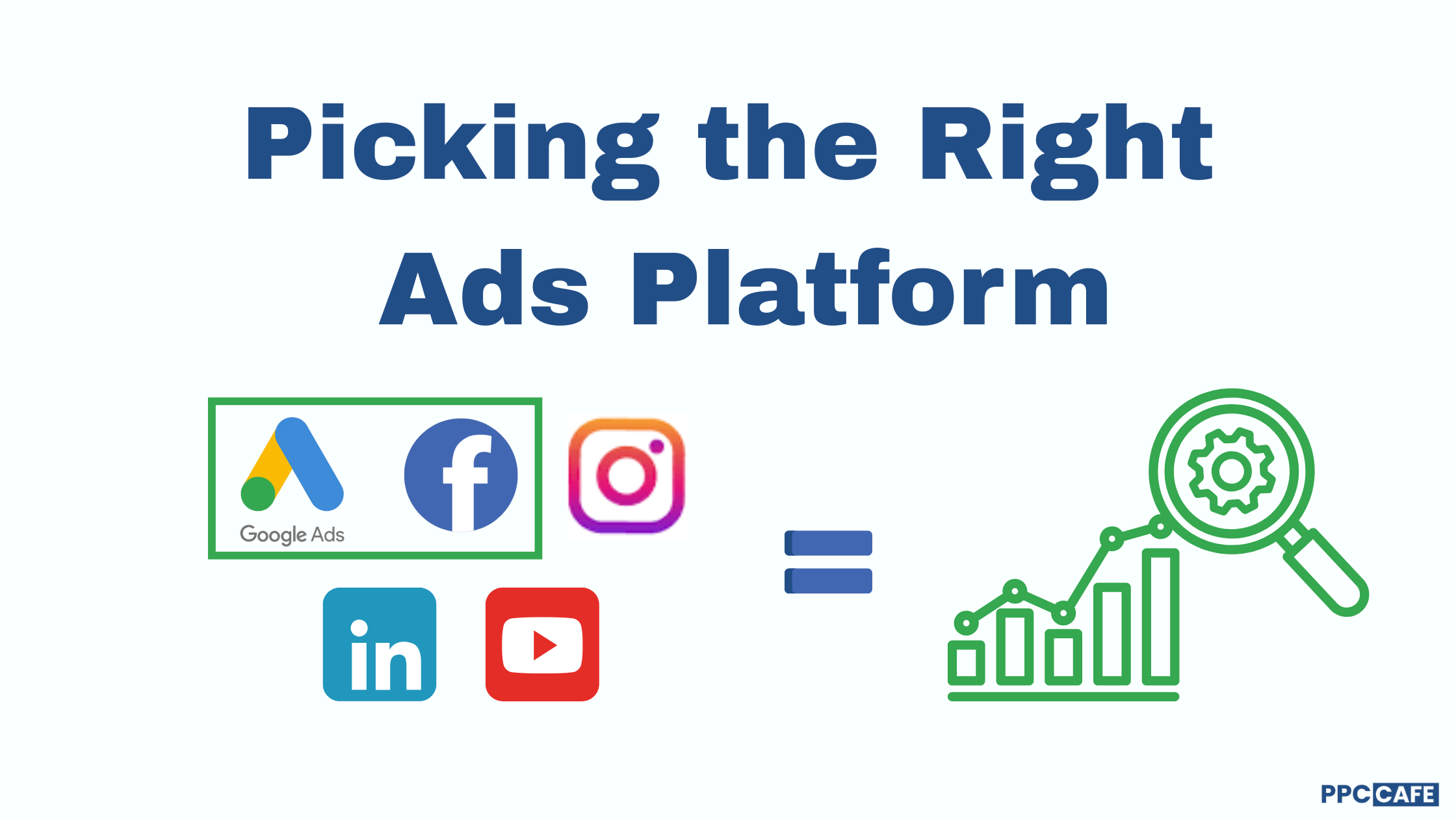It is quite overwhelming to figure out which Ads platform is right for your business considering a lot of options out there. There are no easy answers, as each depends on your business needs, audience, and budget parameters.
In this guide, we will examine the most prominent Ads platforms in further detail as to which companies are best for what, their strengths, and what the challenges are in order that you can equip yourself to make the best decision.
Considerations in Choosing an Ads Platform
The factors below will determine whether you qualify to choose the platform:
🔍 Audience Intent & Behavior
- Are potential customers currently searching for a solution (Google Ads, Microsoft Ads) or would they benefit from discovery-based engagement (Facebook Ads, Instagram Ads, TikTok Ads)?
- Is your audience more active on LinkedIn Ads than Facebook when it comes to B2B marketing?
📍 Industry & Business Model
- Product-based e-commerce brands do best on Google Shopping Ads, Amazon Ads, and Facebook Ads.
- For B2B, LinkedIn Ads and Google Search Ads get the best results.
- For geo-based local businesses, Google Local Service Ads and Facebook Geo-targeted Ads work best.
💰 Budget & Cost-Per-Click (CPC)
- Direct-response ads like Google Ads and LinkedIn Ads incur higher CPCs, all the while generating strong purchase intent.
- Indirect marketing websites like Facebook and Instagram ads incur lower CPCs but might take several touchpoints to convert users.
🎯 Ad Format & Creative Capabilities
- Is it search-based text ads whose platforms can be Google and Microsoft Ads, or are you thinking about more visual-based ads like Facebook, Instagram, and TikTok?
- Do you want to generate leads or get link clicks and conversions for sales?
Comparison of PPC Ads Platforms and Their Best Use Cases
🔹 Google Ads (for High Intent Searches or Direct Response)
How It Works: Google Ads shape the user’s search intent, meaning that when the user looks for products or services, he/she clicks the ad. The ads appear on Google Search, YouTube, Google Display Network (GDN), and Google Shopping.
Best Used For:
✔ Businesses with a high customer intent (for example: legal services, home improvement, and SaaS).
✔ eCommerce brands running Google Shopping Ads.
✔ Local businesses using Google Local Service Ads.
Pros:
✅ Purchases mostly translate to higher conversion rates with high intent.
✅ A more granular keyword match targeting system.
✅ Suited for brand awareness and lead generation alike.
Cons:
❌ High CPCs in competitive industries.
❌ Requires strong landing page optimization for conversions.
🔹 Facebook & Instagram Ads (for Brand Awareness or Engagement)
How It Works: and Instagram Ads use behavior targeting to display ads to users based on interests, demographics, and online behavior.
Best Used For:
✔ Brand awareness and discovery (ideal for clothing, lifestyle, food, entertainment).
✔ Aimed towards impulsive purchases and customer retention.
✔ Scaling growth through targeting Lookalike audiences.
Pros:
✅ Compared to Google Ads, it has cheaper CPCs.
✅ Strong medium for visual storytelling.
✅ Advanced targeting for audience segmentation through custom and retargeting audiences.
Cons:
❌ There needs to be a multi-touchpoint interaction before conversion for the ads to work.
❌ No intent behind the ad-Who knows if they want to buy now?
🔹 LinkedIn Ads (Best for B2B Lead Generation & Professional Targeting)
How It Works: LinkedIn Ads provide career-based targeting that allows businesses to reach decision-makers, industry professionals, and high-level executives.
Best Used For:
✔ B2B companies generating leads from professionals.
✔ Hiring and recruitment advertising for high-quality job applicants.
✔ High-ticket services such as enterprise software, financial consulting, and executive training.
Pros:
✅ Industry, job title, and seniority targeting = high-quality leads.
✅ Best for networking-driven businesses (B2B, consulting, SaaS, hiring, education).
Cons:
❌ CPCs are insane.
❌ Very limited audience outside of the professional users
🔹 Microsoft Ads (Best to Go for Older Audiences with Higher Value)
How It Works: Microsoft Ads (previously Bing Ads) act just like Google Ads. You get PPC search ads that show on Bing, Yahoo, and AOL.
Best Used For:
✔ Businesses targeting older, high-income users (Bing has an audience of 35+ with higher disposable income).
✔ Companies in finance, real estate, and home improvement.
✔ eCommerce brands running Google Shopping Ads (which are easy to import into Microsoft).
Pros:
✅ Lower CPCs than Google Ads.
✅ Less competition means more impression share.
Cons:
❌ Less search volume than on Google Ads.
❌ Automation tools are not as many as those on Google.
🔹 TikTok & Snapchat Ads (Best for Gen Z & Viral Brand Awareness)
How It Works: Full screen ads engaging the user through interactive and creative content in short video format.
Best Used For:
✔ Brands targeting Gen Z or Millennials (fashion, beauty, entertainment, food, gaming).
✔ Companies benefiting from viral trends & influencer marketing.
Pros:
✅ Cheap ads & high engagement.
✅ Good for storytelling & discovery.
Cons:
❌ Short lifespan of ads; content must be kept fresh and relevant.
❌ Not really workable for B2B or high-ticket sales.

